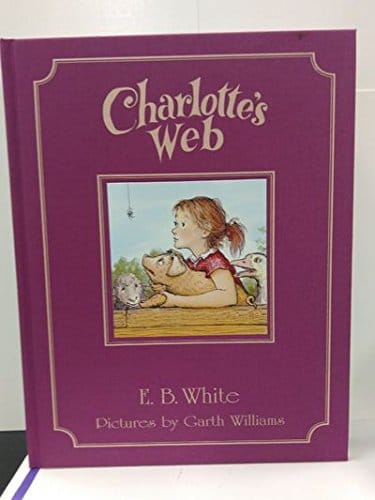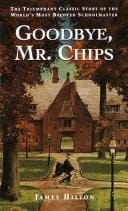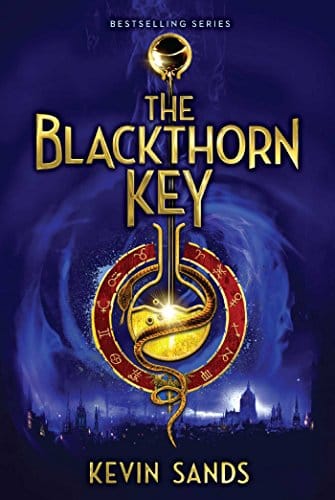Charlotte's Web: Lessons, Themes & Enduring Appeal
Explore the plot, characters, themes and cultural impact of E.B. White’s beloved novel Charlotte's Web in this detailed, easy-to-read guide.

Introduction: A Web That Captured Hearts
First published in 1952, E. B. White’s “Charlotte’s Web” has woven itself into the fabric of children’s literature like few other books. More than seven decades after it appeared, the tale of a shy pig named Wilbur and the literate spider who saves him still feels fresh, relevant and emotionally resonant. From classrooms to living rooms, the novel’s gentle humor, profound empathy and unforgettable barnyard setting continue to guide young readers through complicated ideas about friendship, mortality and hope—one silken thread at a time.
Quick Synopsis
The story opens on a spring morning when eight-year-old Fern Arable rescues the runt of a litter of pigs from her father’s axe. She names him Wilbur and nurtures him until he is old enough to live in her uncle Homer Zuckerman’s barn. There, Wilbur meets a motley collection of animals but soon learns a hard truth: when winter comes, the farmer plans to turn him into bacon. Salvation arrives in the unlikely form of Charlotte A. Cavatica, a wise gray barn spider. Determined to save her new friend, Charlotte spins dazzling words—“Some Pig,” “Terrific,” “Radiant” and “Humble”—into her web. The miraculous messages wow the humans, transform Wilbur into a celebrity and ultimately win him a special prize at the county fair, ensuring his reprieve. Although Charlotte dies shortly after laying her egg sac, her kindness lives on through her offspring and through Wilbur, who keeps her memory alive.
Main Characters and Their Roles
Wilbur: The Innocent Hero
Wilbur starts out as a naïve, lonely piglet yearning for companionship and a place in the world. His vulnerability invites readers’ sympathy, but his growth gives the novel its emotional backbone. He evolves from a self-centered runt into a caring friend who is willing to protect Charlotte’s egg sac with the same dedication she once showed him.
Charlotte: The Clever Friend
Charlotte A. Cavatica may be small, but her intellect, eloquence and strategic mind dominate the narrative. Rather than brute strength, she uses creativity, patience and verbal dexterity—spinning exactly the right word at exactly the right time—to rewrite Wilbur’s fate. Her calm acceptance of her own mortality also introduces children to the natural cycle of life and death without resorting to scare tactics.
Fern, Templeton and the Barnyard Ensemble
Fern acts as the bridge between the human and animal worlds, highlighting the innocence of childhood and the inevitability of growing up. Templeton, the self-interested rat, provides both comic relief and a reminder that not everyone is naturally altruistic; yet even he is capable of moments of reluctant heroism. Geese, sheep and other animals provide texture, humor and commentary, turning the Zuckerman barn into a microcosm of society.
Key Themes
Friendship and Sacrifice
The relationship between Charlotte and Wilbur demonstrates that true friendship often involves personal sacrifice. Charlotte spends hours spinning intricate webs, exhausts herself collecting adjectives from Templeton’s newspaper scraps and ultimately gives her life, never seeking anything in return except Wilbur’s safety.
The Cycle of Life and Death
Unlike many children’s books that avoid the subject of death, “Charlotte’s Web” tackles it with tenderness. Charlotte’s passing is depicted as a natural conclusion to her life’s work, not a meaningless tragedy. Her offspring symbolize renewal, teaching readers that endings can also be beginnings.
The Power of Words
At its core, the novel is a love letter to language. Charlotte’s simple yet potent words literally alter reality by shifting human perception. White, a celebrated essayist, uses this device to underscore how storytelling shapes the world, a lesson that resonates in an era of social media and viral headlines.
Why Charlotte's Web Still Matters Today
Modern readers inhabit a digital landscape awash with transient friendships and rapid-fire content. The novel’s measured pace, pastoral setting and emphasis on lasting bonds offer an antidote to that frenzy. Parents and educators find in it an accessible gateway to discussions about empathy, ethical treatment of animals and the importance of considerate communication.
Adaptations and Cultural Legacy
“Charlotte’s Web” has inspired an animated 1973 feature, a 2006 live-action film, stage plays, audiobooks and even a video game. Each adaptation introduces the story to a new generation while amplifying its status as a cultural touchstone. Merchandise, quotes and classroom units keep the book in continual public conversation, making it one of the 20th century’s top-selling novels.
How to Introduce Charlotte's Web to New Readers
Begin by reading the book aloud; White wrote the prose with an ear for rhythm, making the language sparkle when spoken. Pair chapters with simple farmyard crafts or vocabulary activities to reinforce learning. For older children, compare the text with its film versions to analyze how different media interpret the same plot. Discuss Charlotte’s word choices and encourage kids to come up with alternative adjectives they might weave for their own friends.
Final Thoughts
“Charlotte’s Web” endures because it neither underestimates children’s intelligence nor sugar-coats life’s complexities. By intertwining humor, suspense and philosophical depth, E. B. White crafted a narrative that invites multiple readings across a lifetime. Whether you first encountered Wilbur and Charlotte in an elementary school classroom or are discovering them now with your own children, the book’s message remains clear: compassion and carefully chosen words possess the power to change lives, sometimes even to save them.



